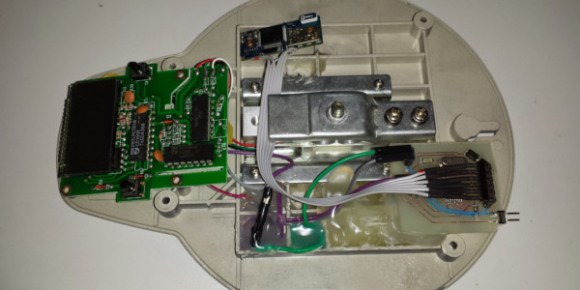Above: Kaplan Test Prep
Image Credit: Kaplan International English/Flickr
Test prep giant Kaplan is now in the data science bootcamp business.
Through the brand name Metis, Kaplan is launching its first data science bootcamp in New York City, starting in September.
The initial cohort will accept 10 to 20 students, instructed by two data scientists from the Chicago based data-science consultancy Datascope Analytics. The bootcamp is 12 weeks long and features five projects. Students will learn about web scraping, regression, the Naive Bayes algorithm, and unsupervised machine learning.
Applicants are required to have previous experience in coding and statistics. Good communication skills are also taken into consideration.
We hear about data science bootcamps all the time, but when we take a closer look, they are actually as a rare species as the data scientists coming out of them.
Some data science bootcamps require advanced degrees. Insight Data Science program in Silicon Valley and New York City is only for Ph.D.s and postdocs. The Data Incubator in New York City also requires one of those ranks.
Some are not located in the U.S. A round-trip ticket to Berlin for the Data Science Retreat might cost too much.
If you don't have a Ph..D, your choice is limited to Zipfian Academy and Insight Data Engineering, both of which are small education startups.
But the demand for data scientists is just insane. Startups, big corporations, and nonprofits all want data-driven insights to boost their operations and results.
It makes sense for Kaplan, a company that for years has prepared people for standardized tests, to explore the data science bootcamp market.
"We are still a new business, and we are committed to getting it right, and committed to ensuring we can deliver upon the outcomes, so it's not a question about how much money we can put into something, this is about ensuring the quality," Jason Moss, a co-founder of Metis and vice president of strategy at Kaplan, said in an interview with VentureBeat. "When we know we get that right, then I think you’ve got a $2 billion company that is behind that. The plan is to grow, and the plan is to scale. There’s a lot of support across all levels of Kaplan. In the future, they are fully expected in many more markets, etc."
When the Metis bootcamp first launched in December last year, it partnered with Thoughtbot, a consulting firm that makes web and mobile apps for early-stage startups, to offer Ruby on Rails classes.
This time, it's tapping DataScope Analytics to put on the data science classes. DataScope is responsible for designing and developing content for the bootcamp.
"They are very interested in education,” Moss said. “If you look at what they write about, if you speak to their team and their founder, you hear a company that is saying, We focus on data science, but we are also trying to figure out how to educate people about data science. That was a very natural fit with what we are trying to do."
In addition to designing and teaching the material, DataScope will draw on its data science project experience to help the bootcamp screen applicants.
It sounds like outsourcing, right? Where does Kaplan come into play?
"What Kaplan is doing is to work with that team, to make sure it still adheres to all the best practices of learning," Moss said. "It's more what's happening behind the scenes. So when we were originally thinking about the course design, Kaplan folks were sitting down with the DataScope folks and talking about sort of curriculum design and learning objectives, and talking about how do you build this out over time such that students will continue to stay motivated, and sort of gut checking it to make sure that lessons build upon one another, so you have the ongoing long-term retention of knowledge."
If things work out the way organizers want them to, Metis could become more effective at actually training people in data science technique than lessons from massively open online course providers like Coursera or Udacity.
The 12-week Metis program costs $14,000. It's now getting more data science hiring partners on board, to help graduates get jobs. Metis’ Ruby on Rails program in Boston has more than 20 such organizations.

Kaplan Learning Technologies (KLT) provides authoring solutions for rapid eLearning and software simulations, as well as performance-based testing technologies that enable organizations to recruit, develop and maintain a highly skilled... read more »














